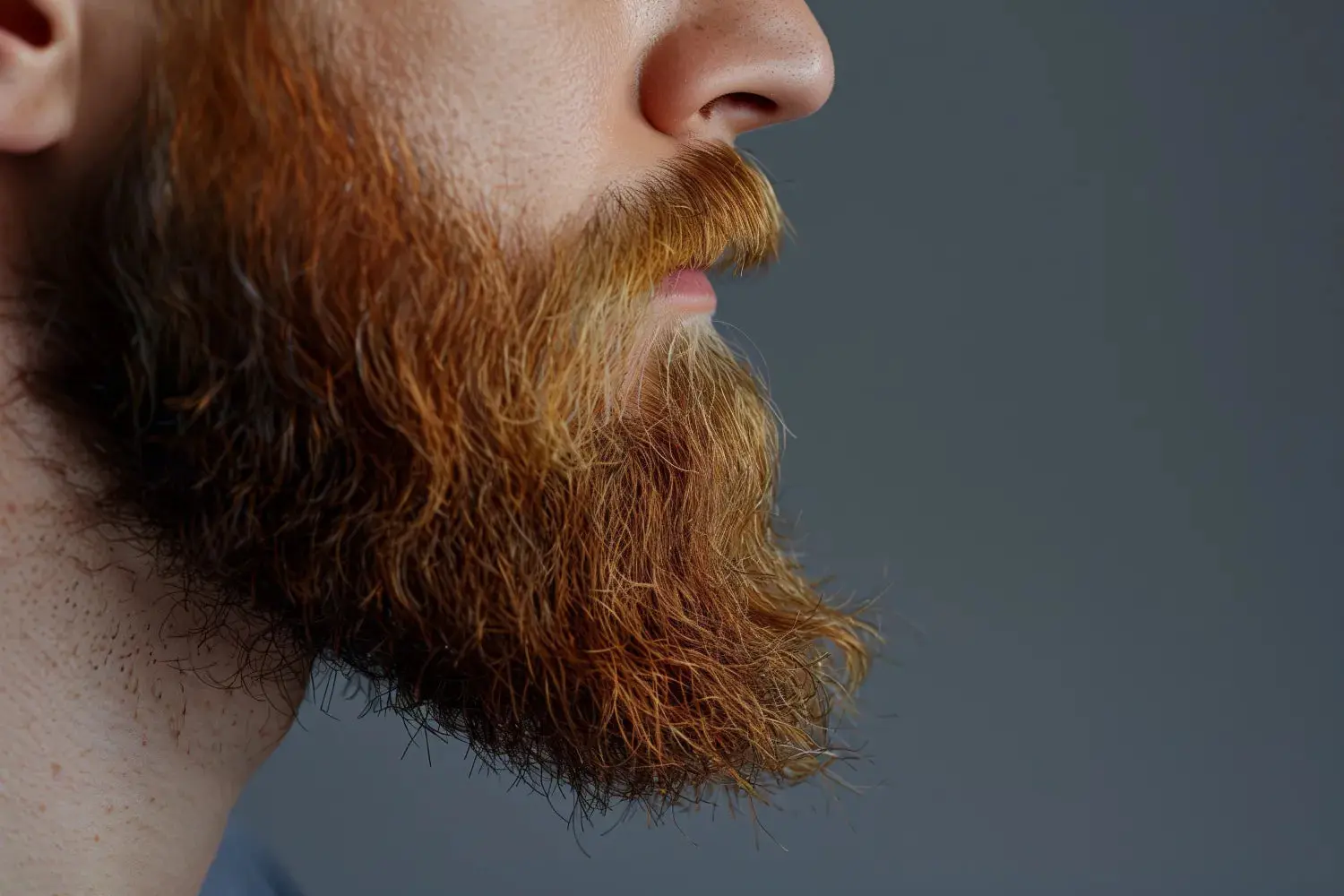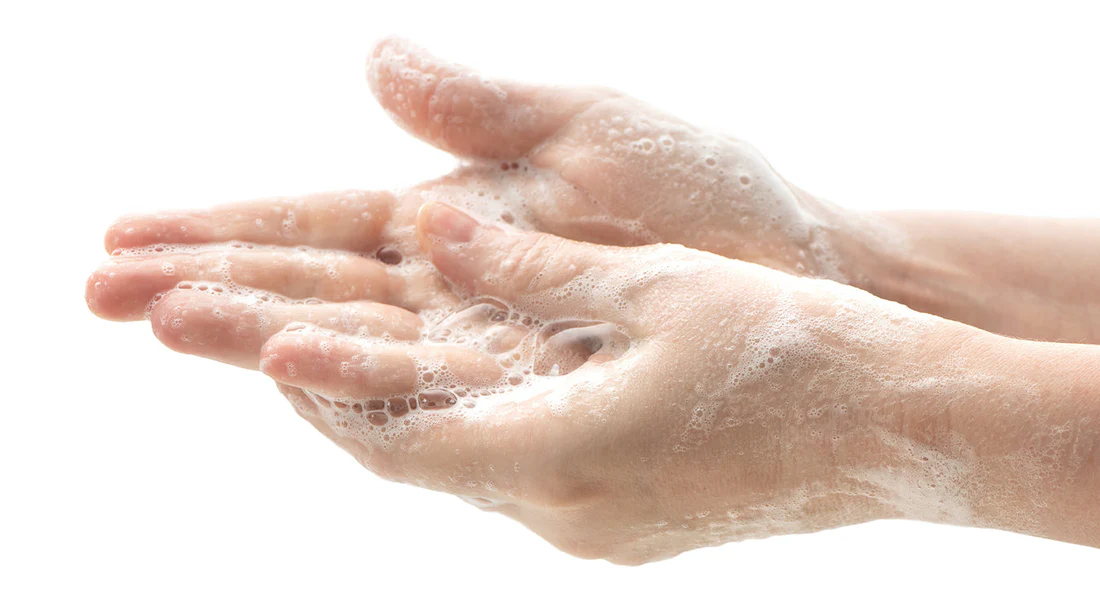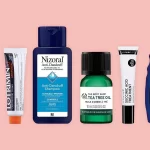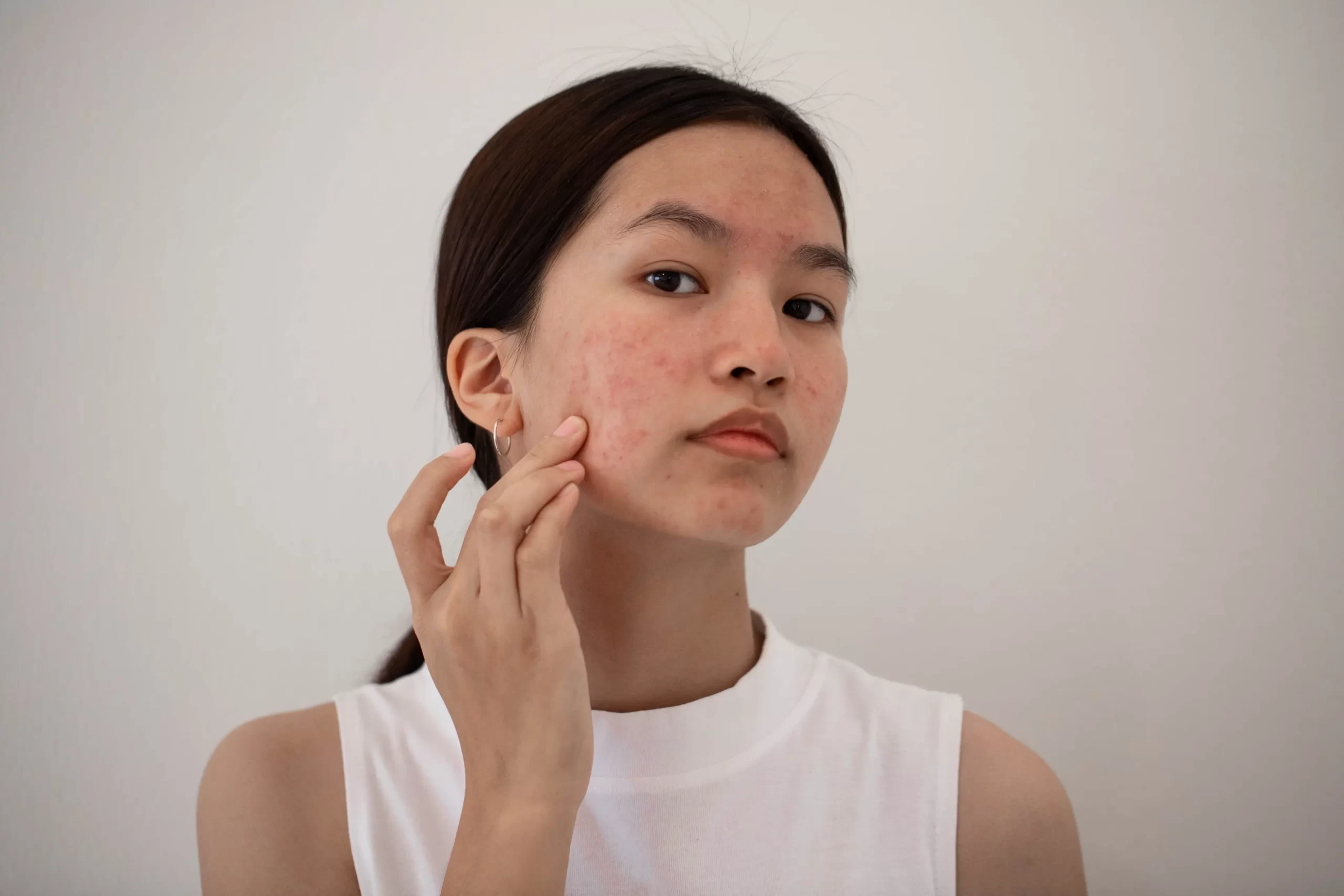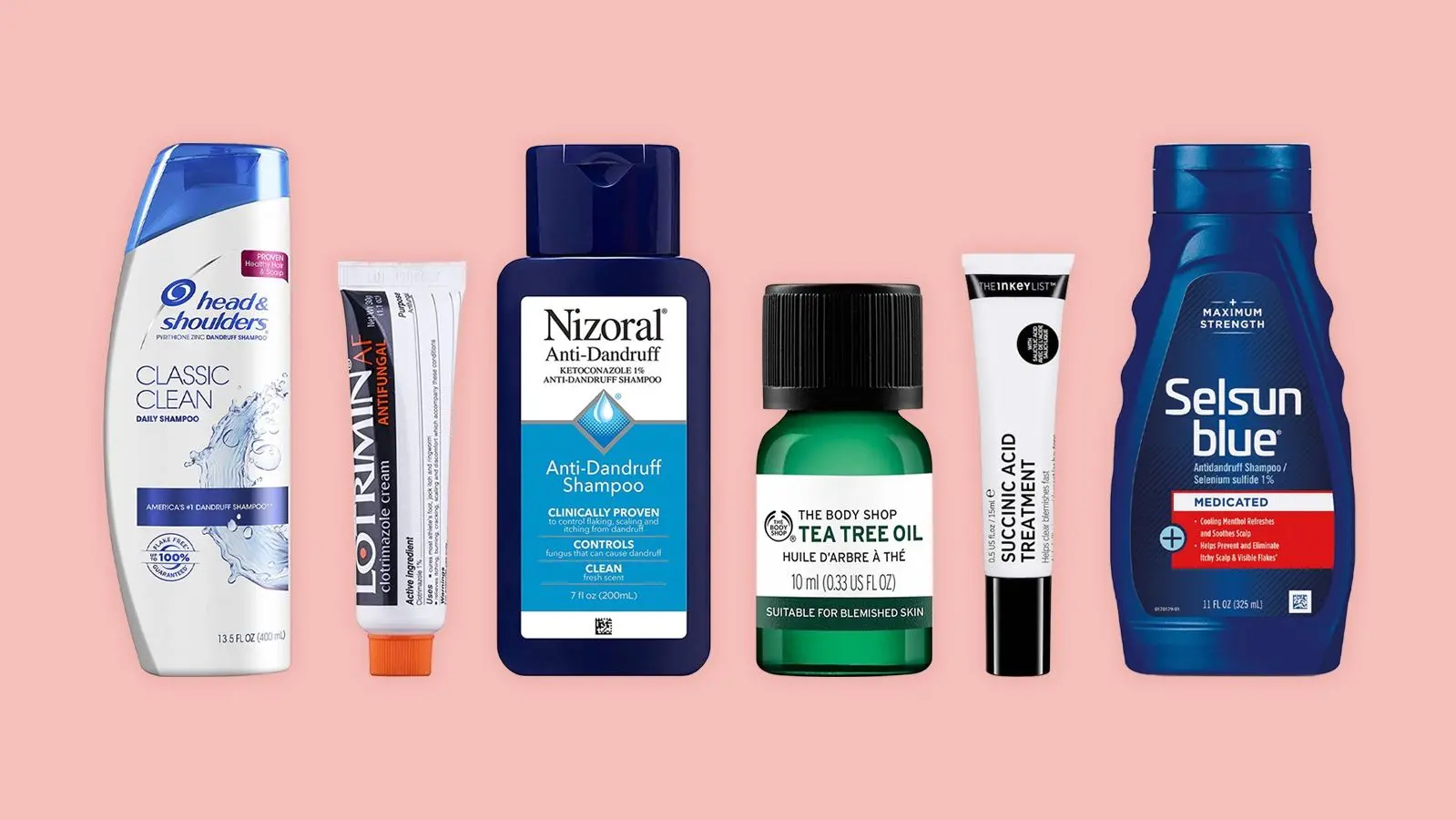Dermatologists identify causes of slow or patchy beard growth and can recommend treatments like topicals, PRP, or transplants. Lifestyle habits such as nutrition, sleep, and stress management support healthier beard growth.
DermonDemand, led by Dr. Hannah Kopelman, helps men with beard concerns get expert care fast. With the right advice, men can learn how facial hair grows and how to encourage a fuller, healthier beard.
Key Takeaways
- Dermatologists can diagnose causes of slow or patchy beard growth, including hormone changes, alopecia areata, and skin irritation.
- Effective treatments include prescription topicals, medications, microneedling, PRP, laser therapy, and, in some cases, beard transplants.
- A balanced diet, good sleep, and reduced stress support stronger hair follicles and encourage healthier beard growth.
- At-home care with skincare routines, a beard brush, and beard oil helps prevent ingrown hairs, reduce skin irritation, and improve beard health.
- Online platforms like DermonDemand provide fast, discreet dermatologist consultations, with personalized prescriptions delivered directly to patients.
Do Dermatologists Really Help with Beard Growth?
Dermatologists treat skin and hair problems that affect beard growth. Genetics matter, but many issues are treatable. A dermatologist checks the skin and hair follicles and gives clear steps to improve growth.
Can a doctor help me grow a beard?
Yes. Doctors can help if beard growth is slow due to hormones, skin problems, or scars. General doctors may guide you, but dermatologists focus on hair and skin, so they give more precise care.
Can a dermatologist fix a patchy beard?
Yes. A patchy beard may come from alopecia areata, ingrown hairs, or skin irritation. Dermatologists can treat these issues with medicines that stimulate hair growth and make the beard hair grow more evenly.
When to book a beard growth consultation
If a patchy beard does not improve after months, or if facial hair grows unevenly or thins, it is time to book a consultation. Early action helps protect hair follicles and encourages beard growth.
Causes and Early Steps in Beard Growth
It helps to know why some men grow facial hair faster than others.
Common reasons for slow or uneven growth
A patchy beard can come from genetics, hormone changes, or health issues. Low vitamins or stress can reduce the amount of facial hair. Weak immune systems also affect how beard hair grows. Sometimes poor skin care leads to blocked follicles, which slows progress.
What is the 3-month beard rule? (Explained)
The 3-month beard rule means waiting at least 90 days before judging results. Facial hair grows in cycles. A beard that looks thin in the first weeks may fill in later. Patience is key before seeking treatments. Keeping a beard brush and light oil on hand during this time also helps control irritation.
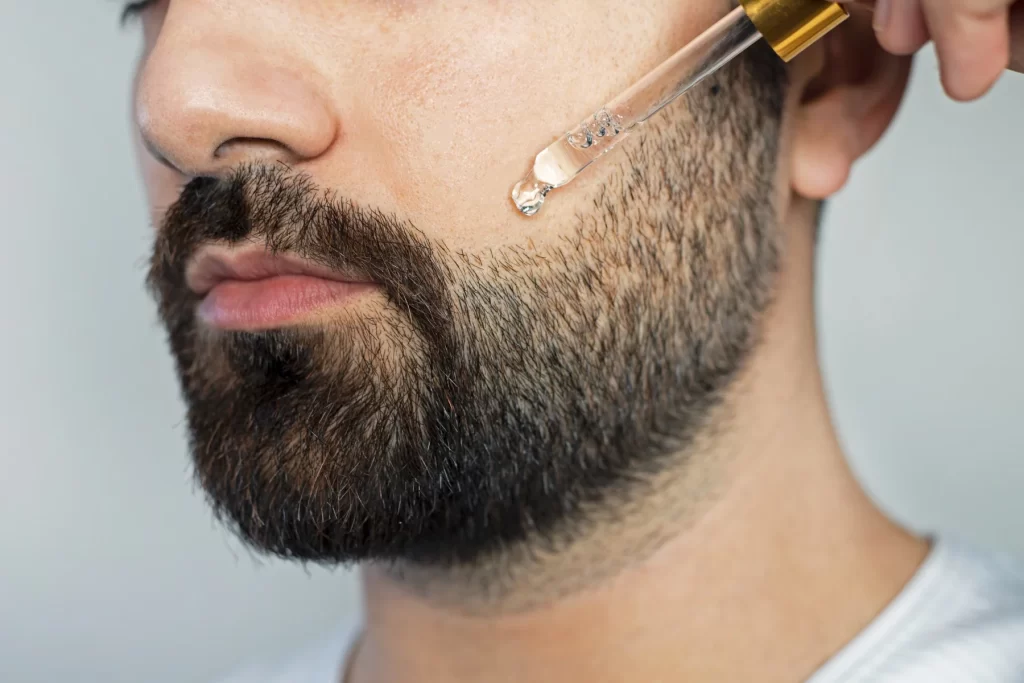
Dermatology Treatments for Facial Hair Growth
Dermatologists use proven medical treatments to stimulate hair growth.
Dermatologist-recommended beard growth treatments
A dermatologist for facial hair growth may suggest medicines or topicals. These treatments act on hair follicles and encourage beard growth in thin areas.
Prescription topicals and medications
Topicals like minoxidil improve blood flow to hair follicles and help grow facial hair. Pills may correct hormone levels if needed. Both options require medical advice for safety.
Procedures like microneedling, PRP, and laser therapy
Microneedling stimulates beard growth by creating tiny openings in the skin that boost healing and improve blood flow. These micro-injuries wake up hair follicles and encourage new growth in patchy areas. It is a safe office treatment with little recovery time.
PRP injections use a patient’s own blood platelets, which are rich in growth factors. After drawing a small amount of blood, it is processed and injected into the beard area. This helps stimulate hair follicles, encourages beard growth, and improves the chance of growing a fuller, thicker beard.
Laser therapy works differently. Focused light energy targets weak follicles and helps them produce thicker hair. It can also reduce skin irritation and support healthier conditions for beard hair to grow more evenly. These procedures are often used when other methods are not enough, and dermatologists may combine them for stronger results.
Beard transplant: when dermatologists suggest it
If other treatments fail, a beard transplant may help. In this surgery, hair follicles from the scalp are moved to the face. This creates a thicker beard in areas where natural growth is poor.
Does salicylic acid affect beard growth?
Salicylic acid does not make hair grow. But it clears dead skin cells and lowers ingrown hairs. This creates healthy skin, which helps beard hair grow more evenly.
At-Home Support for Beard Growth
Daily care supports medical treatments and helps with eargrowth.

Nutrition and lifestyle factors
A balanced diet with protein, iron, and vitamins supports hair follicles. Good rest and low stress also encourage beard growth and help the immune system stay strong. A healthy diet with enough zinc and vitamin D also makes hair stronger.
Skincare and grooming routines
Clean skin is key. Washing removes dead skin cells and lowers the risk of ingrown hairs. Using a beard brush spreads natural oils, eases skin irritation, and stimulates beard growth. Gentle exfoliation once a week can also keep follicles clear.
Beard oil and topical products
Beard oil softens hair and keeps skin from drying. It reduces ingrown hairs and helps when growing a full beard. Some oils also include natural ingredients that soothe redness and make a thicker beard appear fuller.
Natural remedies for beard growth: facts vs myths
Some natural oils claim to stimulate beard growth, but the proof is weak. A healthy diet, grooming, and dermatologist-led care remain the most reliable ways to encourage beard growth. Myths, such as shaving making hair grow faster, have no medical basis.
Online Beard Growth Consultation with a Dermatologist
Teledermatology gives faster access to expert care.
Best dermatologist options for beard growth
The best dermatologist for beard growth is one trained in hair and skin conditions. Dr. Hannah Kopelman and the DermonDemand team focus on beard issues and give quick, expert solutions.
Near me vs an online dermatologist for beard growth
Many men search for a dermatologist for beard growth near me, but online care is faster and more private. You can get advice without waiting rooms or long travel.
How DermonDemand delivers fast, discreet care
DermonDemand uses a secure form that takes minutes to fill out. A board-certified dermatologist reviews it and sends a plan in about 24 hours. Prescriptions arrive directly at your door. Follow-up adjustments are available if treatment needs change.
Start Your Personalized Beard Growth Plan Today
A patchy beard does not have to last forever. By seeing a dermatologist for beard growth, you get expert answers and safe treatments. DermonDemand makes it easy – fast review, clear advice, and proven results delivered to you.


